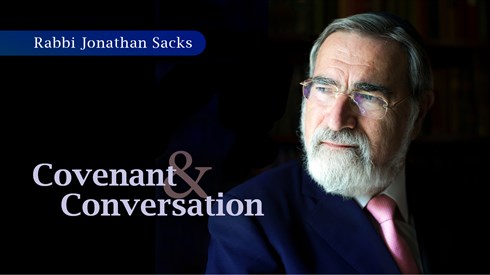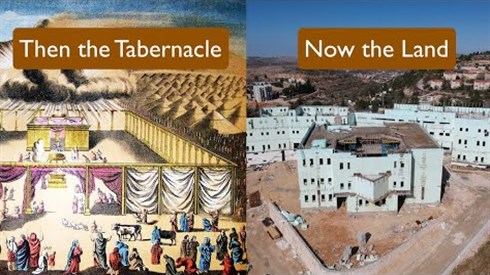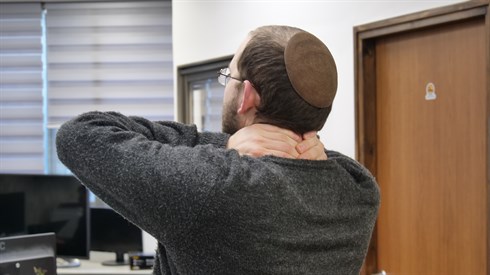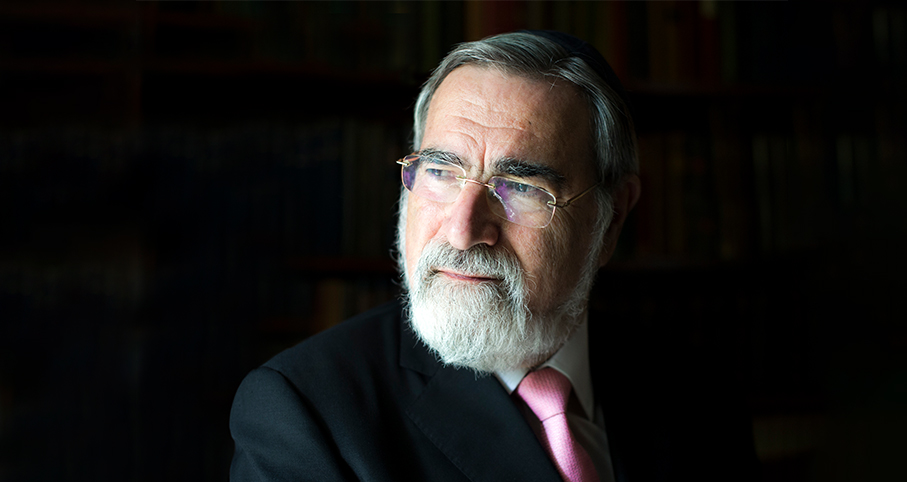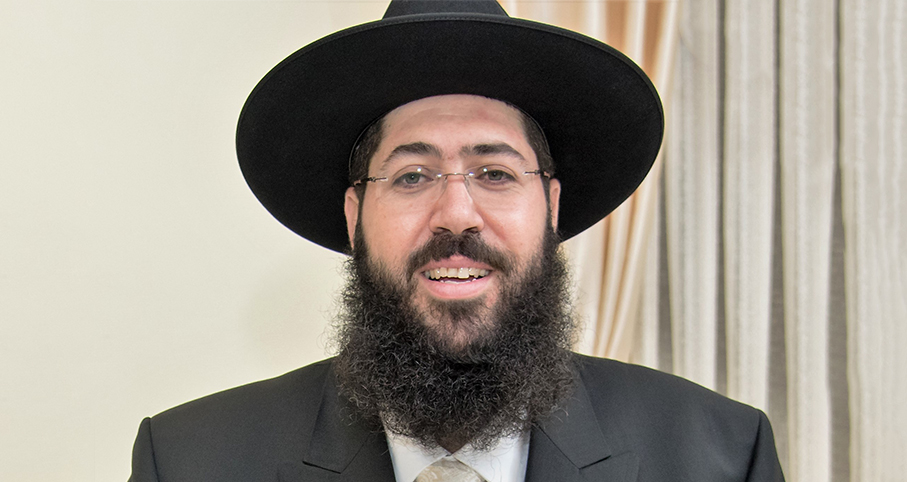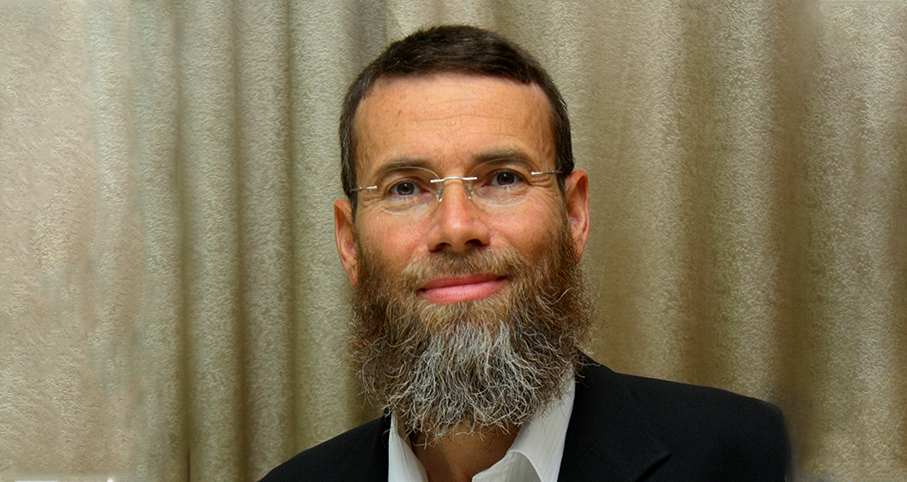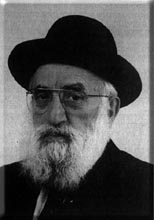Ein AyaPositive Chutzpah= Part of Redemption- Nothing to Fear but Fear Itself!
Rav Kook ingeniously explains why the Mishna in Sotah, already 1,800 years ago, teaches that "Chutzpah" is an essential part of the Ge'ula process, and in fact today we see the necessity and positive aspect of "Israeli Chutzpah". Similarly, Rav Kook elaborates in his classic article on "Fear", how Galut (exile) refined but softened us a little too much, and how exaggerated fear and phobia is one of the worst things in life, preventing people from thinking, activism, modernism and more.
